23 December 1750
Benjamin Franklin mistakenly attached the apparatus he used for his lightning experiments to himself instead of to his intended victim, a turkey.
23 December 1778 Wednesday
. . . . . .
23 December 1812 Wednesday
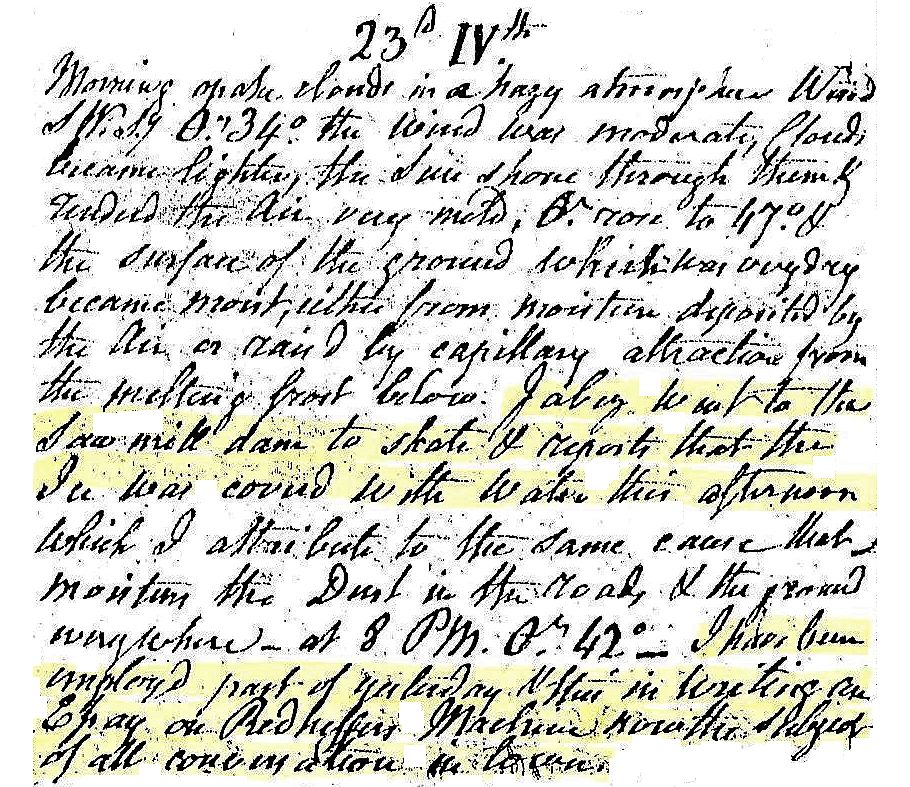
Morning opaque clouds in a hazy atmosphere. Wind SW.S. Thermometer 34 degrees. The wind was moderate, clouds became lighter, the sun shone through them and rendered the air very mild. Thermometer rose to 47 degrees and the surface of the ground, which was very dry, became moist, either from moisture deposited by the air or raised by capillary attraction from the melting frost below. Jabez went to the saw mill dam to skate and reports that the ice was covered with water this afternoon which I attribute to the same cause--that moisture the dust in the road and the ground everywhere. At 8 PM thermometer 42 degrees. I have been employed part of yesterday and this in writing an essay on Redheffer's Machine now the subject of all conversation in town.
23 December 1997
Campo Marzio introduction
The introduction will focus on the personal journey of my quest for discovery--I wanted to discover the secret of Piranesi's geometric planning dexterity--I wanted to find out how it could be possible to be as architecturally inventive as Piranesi. I also wanted to find out what Kahn learned form Piranesi.
The idea of just redrawing the plan via CAD, however, more or less became my modus operandi, and thus the initial quest developed into a general quest to find out as much about the Ichnographia as possible. There was always book research going on while I redrew the plan, yet I was unwittingly learning more about the plans actual nature and structure by simply redrawing it than by the literary research. The literary knowledge did supplement the drawing, and in combination, a far richer understanding of the meaning and symbolism of the Ichnographia manifested itself.
I can here discuss how the orthogonality of the longest axis was discovered because of CAD, and how the tiny intercourse building opened up a huge possible source for the planimetric symbolism of the various building plans. I should also go through all my notes to recall each breakthrough as it happened.
The final events where my learning of the reŽnactment theory within the philosophy of history and that then gave me a better understanding of what I was doing. Then came the deaths in September 1997, ending with the death of my father, and the dedication of my redrawing to my father brought my re-enactment to a full fruition.
Within a month or so of my father's death, I then came to the conclusion that Piranesi himself was performing a re-enactment rather than a re-construction. Piranesi was re-enacting the ancient Roman Campo Marzio. He was re-enacting the planning of the Campo Marzio (and the Scenographia is the empty stage set upon which the re-enactment is played out.
Here is a quotation from the notes of The First House: myth, paradigm, and the task of architecture (Cambridge: The MIT Press, 1997), 177 n24.
"Modern man though regarding himself as the result of Universal History does not feel obliged to know the whole of it, the man of the archaic societies is not only obliged to remember mythological history but also to re-enact a large part of it periodically." --Mircea Eliade, Myth and Reality, trans Willard R. Trask (New York: Harper and Rowe, 1963), 13.
This quotation seems almost a capstone to my whole Ichnographia as re-enactment conclusion and I assume I may find even more to reinforce my thesis as I read more of The First House and Myth and Reality.
My latest thought re: my introductory essay of the Campo Marzio is for me to reconstruct (and perhaps even "re-enact") all the steps along my journey. I can basically just use my notes to retrace all the events, drawings and thoughts that I encountered and accumulated and came up with myself over the last eleven years. If I actually include my notes and all the drawings produced along the way, then this introductory document will indeed be lengthy "chapter". I will indeed pursue this documentation, and I feel assured it will come together because I will continually work towards the re-enactment, and the documentation will also be a re-enactment of my learning process, although I will not ever mention that under-riding motif except perhaps if I have already brought the re-enactment issue to the fore.
As a text, the introduction will double as the table of contents and index and notes.
I guess my first task is to chronologically order all the notes and drawings I have of the Campo Marzio. I will also try my best at creating a chronological bibliography to try and establish a record of what I knew when. Above all, I must continue to date and record all my work from here on out.
23 December 2001
shock in Philadelphia
"In 1750, two days before Christmas, Benjamin Franklin mistakenly attached the apparatus he used for his lightning experiments to himself instead of to his intended victim, a turkey. The jolt knocked him to the floor. We don't know how many turkeys Franklin electrocuted and cooked in his experiments, but he did declare that, when prepared by this method, they were "uncommonly tender." He wrote in his notebook that it took a lot more voltage to kill a turkey than a chicken."
from: Janice L. Booker, Philly Firsts (Philadelphia: Camino Books, 1999), p. 108.
23 December 2005
What are you researching?
An email I received yesterday about constantinethegreat.org.uk sparked an inspiration whereby I now know how to execute all the research I've been doing the past six years on the architecture of the Constantinian reign. Specifically, I will 'write a thesis' at lt-antiq, archinect and quondam on the women, especially mother Helena and mother-in-law Eutropia, closest to Constantine and their effect on the architecture of that time. This will happen starting now and culminate 25 July 2006, the 1700th anniversary of the proclamation of Constantine in York as emperor.
Constantius I, the father of Constantine died at York 25 July 306, and then Constantine was proclaimed emperor by Constantius' troops.
28 October 2006 is the 1700th anniversary of the proclamation of Maxentius in Rome as emperor. Maxentius died in battle with Constantine at the Milvian Bridge 28 October 312, and on 29 October 312 Constantine marched triumphant into Rome acknowledging Christianity as the "sign" of his victory. Eutropia was the mother of Maxentius.
Between 306 and 312 we see two distinct Roman imperial architectures constructed at Trier (Constantine's capital) and Rome (Maxentius' capital), and it is regarding these two architectures where my thesis will begin.
Reenactment will direct the course of this thesis, for example, 1700 years ago today Contantius and Constantine were already (or very soon to be) together in Britannica primarily in conflict with the Picts.
23 December 2013
23 December
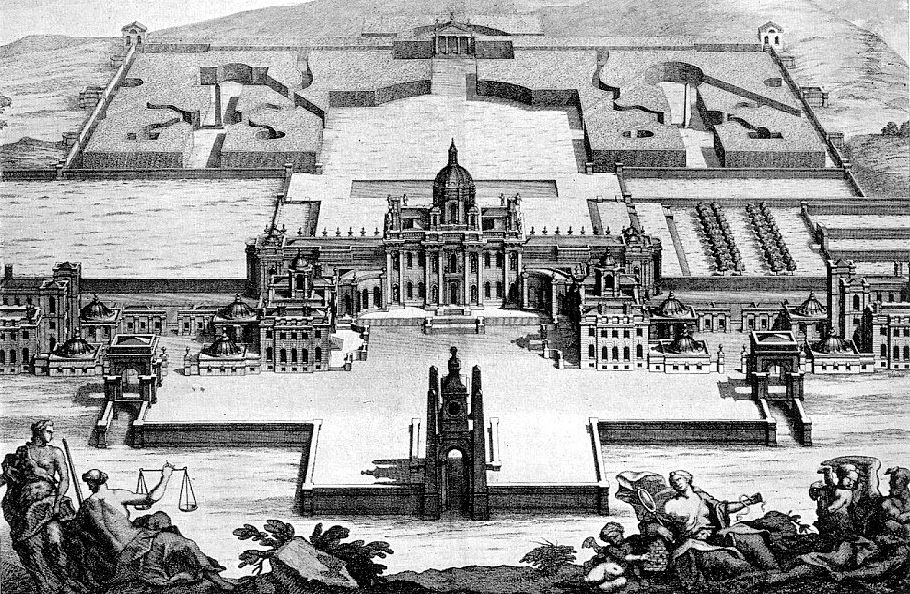
I'm now wondering whether the above image of Castle Howard from Vitruvius Britannicus (published 1715-1725) somehow inspired the architecture of Piranesi as delineated within Il Campo Marzio (1762). Remember the...
I was prompted by the "what is experimental architecture" thread to look again at "Piranesi's Campo Marzio: An Experimental Design." After reading a few pages it became evident that the essay/project could be 'rewritten' to deliver a whole other set of results, a whole other 'history.'
By covertly publishing the Ichnographia in a second state was Piranesi himself conducting an experiment to see who would ultimately discover the two different plans?
Piranesi's language of the plans relates back to the origins of Rom(ulus and Remus) itself.
"Both Piranesi's Campo Marzio and Picasso's Dame au violon are "projects," though the former organizes an architectural dimension and the latter a human mode of behavior. Both use the technique of shock, even if Piranesi's etching adopts preformed historical material and Picasso's painting artificial material (just as later Duchamp, Hausmann and Schwitter were to do even more pointedly). Both discover the reality of a machine-universe: even if the eighteenth century urban project renders that universe as an abstraction and reacts to the discovery with terror, and the Picasso painting is conceived completely within this reality.
But more importantly, both Piranesi and Picasso, by means of the excess of truth acquired through their intensely critical formal elaborations, make "universal" a reality which could otherwise be considered completely particular."
Manfredo Tafuri, Architecture and Utopia: Design and Capitalist Development, p. 90.
There is no Picasso painting with the title Dame au violon, but it is possible that Tafuri is referring to Portrait of a Girl (1914):
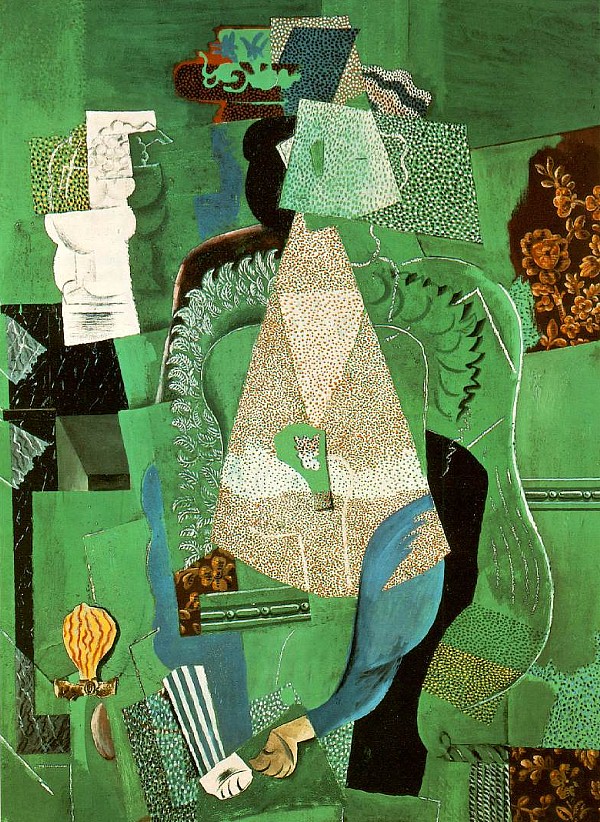
Project: redraw the Ichnographia Campus Martius following the principles of Picasso's (Synthetic) Cubism.
23 December 2015
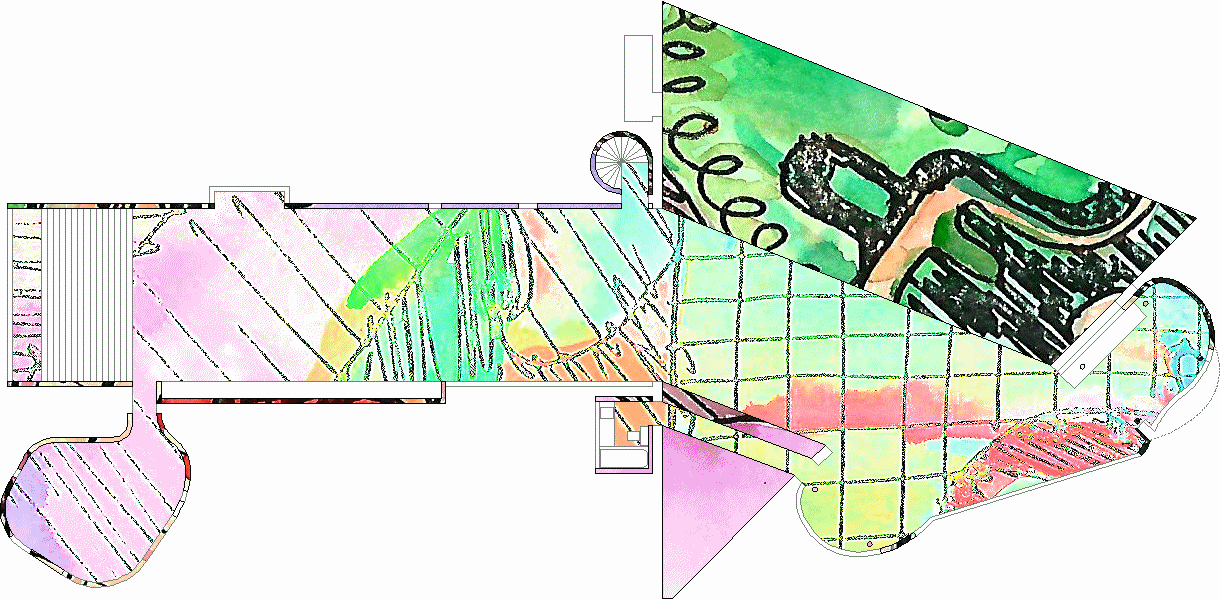
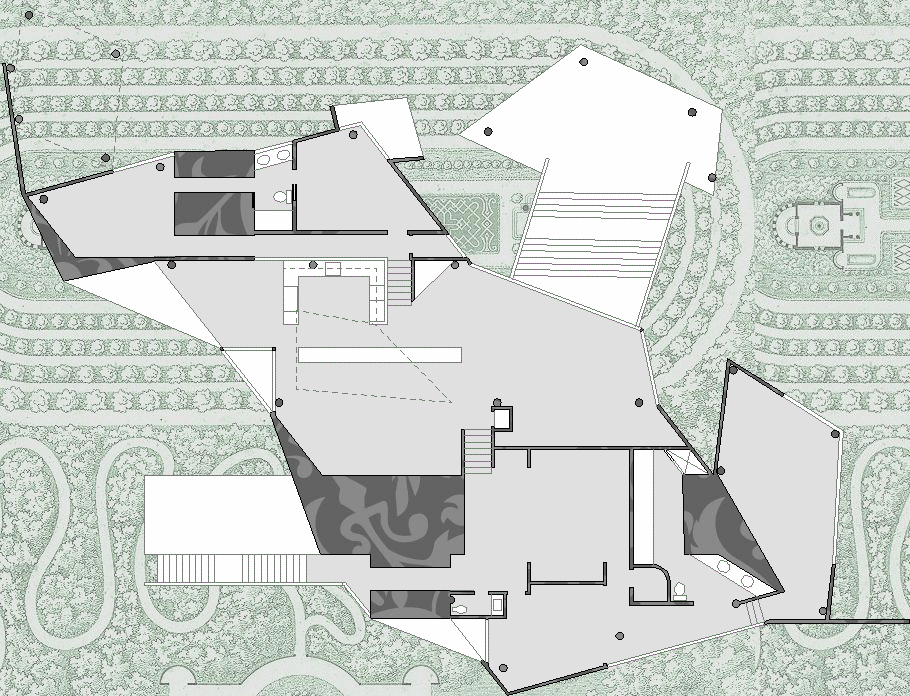
23 December 2016
Art vs. Arch.
What hasn't been said yet is that architecture has all kinds of potentials...
23 December 2022 Friday
The first to cook with electricity; sounds pretty modern to me.
|